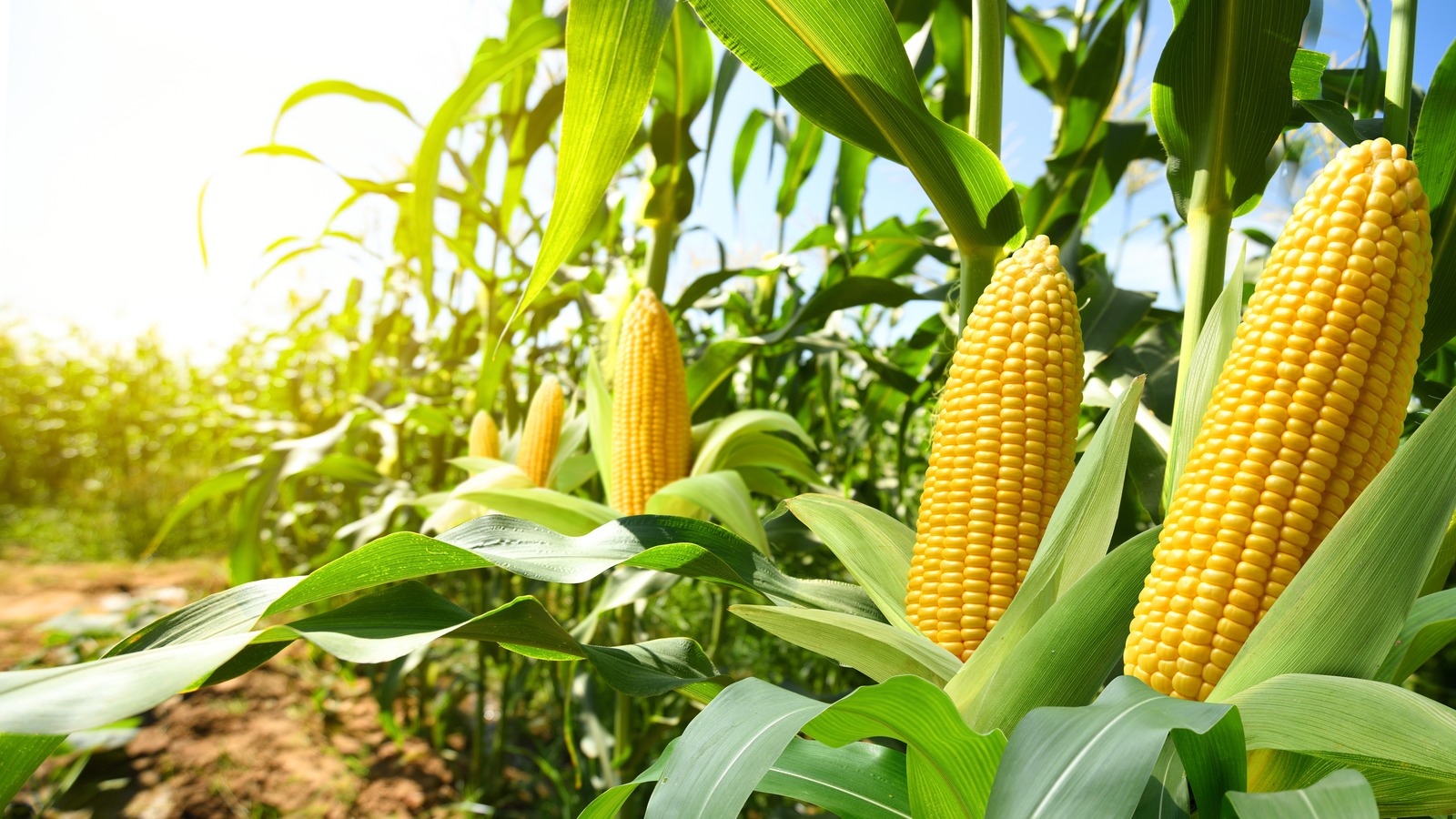
"To determine if corn is ready for harvesting, observe the silks—long, brown, and dry indicates optimal timing. Harvest about 20 days after silks appear."
"Corn kernels should be milky or bright yellow, not pale or black. Timing is crucial: too early means tough kernels, too late means dryness and loss of sweetness."
"Puncture a kernel to test corn ripeness: white liquid means it's ready, clear means under-ripe, thick liquid means overripe. Timing ensures quality and taste."
"While timing is essential for corn harvesting, if the taste isn't perfect, it can still be used in various dishes or recipes."
Corn is generally easy to grow, but harvesting at the right time is crucial for optimal flavor. The silks, which turn long, brown, and dry, are a reliable indicator of readiness. Harvesting should take place approximately 20 days after the silks appear. Observing the corn husk is also important; it should be browning and the kernels should be milky or bright yellow. Puncturing a kernel can help determine ripeness. An ideal harvest leads to juicy, sweet corn, while poor timing results in tough, dry, or overripe corn.
Read at Tasting Table
Unable to calculate read time
Collection
[
|
...
]